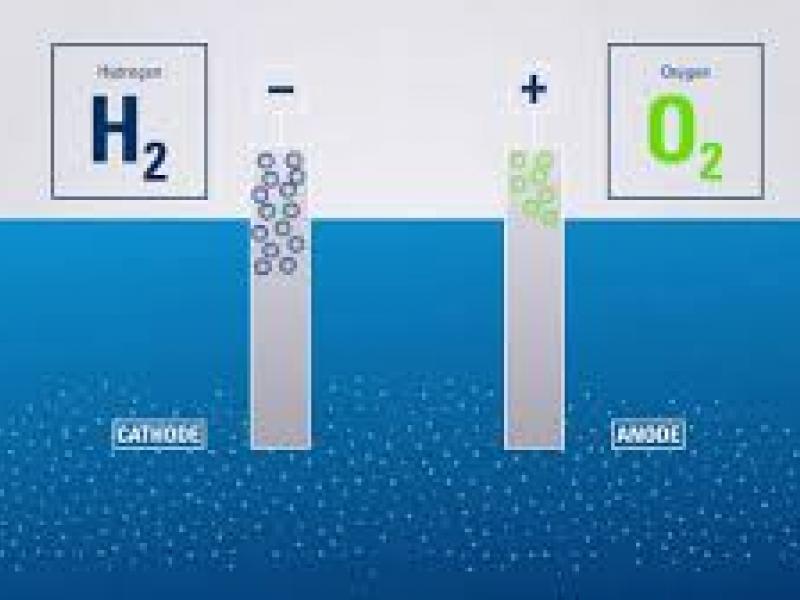Optimal hydrogen supply chains: co-benefits for integrating renewable energy sources
Green hydrogen can decarbonize transportation, but also help to integrate variable renewable energy sources if its production is sufficiently flexible in time. Using an open-source co-optimization model of the power sector and four supply chains for hydrogen at filling stations, we find a trade-off between energy efficiency and temporal flexibility: for lower shares of renewables and hydrogen, more energy-efficient decentralized electrolysis is optimal. For higher shares of renewables and/or hydrogen, more flexible centralized hydrogen supply chains gain importance as they allow disentangling hydrogen production from demand via storage. Liquid hydrogen emerges as particularly beneficial, followed by liquid organic hydrogen carriers and gaseous hydrogen. Centralized hydrogen supply chains can deliver substantial power sector co-benefits, mainly through reduced renewable surplus generation. Energy modelers and system planners should consider the flexibility characteristics of hydrogen supply chains in more detail when assessing the role of green hydrogen in future energy transition scenarios.
arXiv:2005.03464v1



